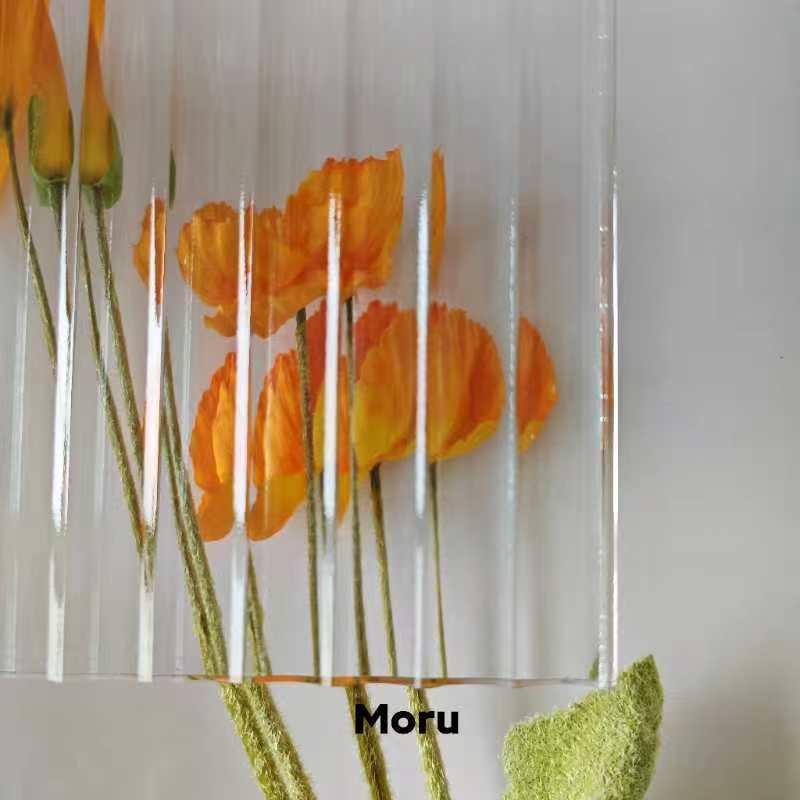

Exploring the Diverse Types of Patterned Glass
Patterned glass, known for its functional and aesthetic qualities, has been a popular choice in architecture and interior design for centuries. These unique glass pieces not only enhance the beauty of a space but also provide privacy and control over light. The variety of designs available in patterned glass makes it a versatile choice for different applications, from windows and doors to partitions and decorative features. In this article, we will explore the various types of patterned glass, highlighting their characteristics, uses, and benefits.
1. Textured Glass
Textured glass is commonly used for its ability to diffuse light while obstructing visibility. The textures can range from rippled or wavy surfaces to more intricate patterns like geometric shapes. This type of glass is often found in bathroom windows, shower doors, and room dividers, where privacy is essential. Textured glass can also serve as a beautiful focal point in interiors. It allows natural light to filter through, creating a warm ambiance without compromising on seclusion.
2. Frosted Glass
Frosted glass is achieved through a process of sandblasting or acid etching, which creates a smooth, opaque surface. This type of glass is particularly effective in bathrooms and offices, providing privacy while still allowing light to pass through. The soft, blurred effect of frosted glass can soften the harshness of direct light, making it a popular choice for partitions and feature walls. Frosted glass can be customized, offering endless design possibilities while maintaining a clean and modern aesthetic.
Stained glass is one of the oldest and most artistic forms of patterned glass. Traditionally used in churches and cathedrals, stained glass is created by adding metallic salts during the glass-making process, resulting in vibrant colors and intricate designs. Stained glass can fulfill a decorative role in homes, adding character and artistic flair to windows, doors, and even skylights. The interplay of colored light that stained glass creates within a space can evoke emotions and enhance the atmosphere.
4. Laminated Glass

Laminated glass consists of multiple layers of glass with an interlayer, usually made of polyvinyl butyral (PVB), in between. This interlayer can feature various patterns or textures, offering both safety and aesthetic appeal. Laminated glass is resistant to shattering, making it suitable for exterior applications, such as storefront windows or glass facades, while still allowing for unique designs. The added security and sound-dampening qualities of laminated glass make it a practical choice for urban environments.
5. Etched Glass
Etched glass involves carving designs or patterns into the glass surface, creating a variety of effects, from subtle to highly detailed. This method allows for individualized designs, making etched glass a popular choice for businesses looking to enhance their branding or for homeowners wanting unique décor elements. Etched glass is frequently used in office spaces, conference rooms, and residential entries, providing a sophisticated touch while ensuring privacy.
6. Bevelled Glass
Bevelled glass features edges that are ground at an angle, creating a prism-like effect that refracts light beautifully. This type of glass is often used in decorative mirrors, furniture, and window designs to add depth and dimension. The prismatic properties of bevelled glass can enhance interior lighting and create a sense of elegance.
7. Geometric Patterned Glass
Geometric patterned glass includes a variety of shapes, from simple lines to intricate mosaics. This style can be used in modern architectural designs, providing an eye-catching feature that combines art and functionality. Geometric patterns can be found in windows, room dividers, and decorative panels, appealing to contemporary design aesthetics.
In conclusion, patterned glass is not only visually appealing but also brings practical benefits to various applications. From textured and frosted glass providing privacy to the artistic allure of stained and etched glass, the options are plentiful. As design trends evolve, the versatility and functionality of patterned glass continue to make it a favored material in architecture and interior design, promising to remain a staple in stylish and innovative spaces for years to come.